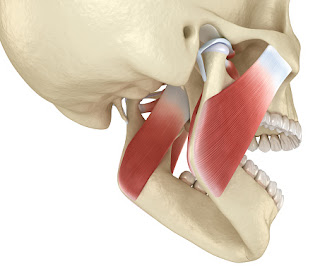Living with Trigeminal Neuralgia
Trigeminal Neuralgia is a neuropathic chronic pain condition that affects the trigeminal nerve in a patient's face, known as one of the most painful conditions in the medical world. The potential social impacts of TN are considered using a qualitative and quantitative research approach. Using a review of studies on analogous chronic pain conditions, a questionnaire was developed to explore how TN may impact a patient's social interactions, relationships, ability to attend social events, and role within his or her community.
Most people struggling with Trigeminal Neuralgia will be prescribed medicine to help control their pain, although surgery may be considered for the longer term in cases where medicine is ineffective or causes too many side effects.
TN is caused by harm to the trigeminal nerve. The trigeminal nerve sends branches throughout the face to the forehead, cheek, and lower jaw. This widespread distribution of nerve branches shows how impactful the trigeminal nerve is in sending sensory information throughout the face. Therefore, any irritation to the trigeminal nerve may result in extensive pain.
The painful attacks of trigeminal neuralgia can sometimes be brought on, or made worse, by certain triggers, so it may help to avoid these triggers if possible.For example, if your pain is triggered by wind, it may help to wear a scarf wrapped around your face in windy weather. A transparent dome-shaped umbrella can also protect your face from the weather. If your pain is triggered by a draft in a room, avoid sitting near open windows or the source of air conditioning.
As painkillers like paracetamol are not effective in treating trigeminal neuralgia, you'll usually be prescribed an anticonvulsant - a type of medicine used to treat epilepsy - to help control your pain. Anticonvulsants were not originally designed to treat pain, but they can help to relieve nerve pain by slowing down electrical impulses in the nerves and reducing their ability to send pain messages. They need to be taken regularly, not just when the pain attacks happen, but you can stop taking them if the episodes of pain cease and you're in remission.
Studies have suggested that around 30 in every 10,000 people are diagnosed with the condition in the UK each year, although this figure is probably too high as the condition tends to be over-diagnosed by doctors. Other estimates have suggested that there are about 6,500 new cases diagnosed each year in USA. The condition affects women more often than men and is rare in people under the age of 40, although it can occur in younger people. Most cases are first seen in people between the ages of 50 and 60.




Comments
Post a Comment